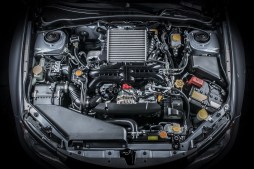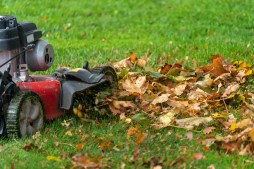Maximize Battery Life: Best Practices for Charging Lithium-Ion Garden Equipment
Lithium-ion batteries are becoming increasingly popular in garden equipment due to their lightweight nature, high energy density, and low self-discharge rates. To ensure that your lithium-ion garden tools perform optimally over time, it’s essential to adopt best practices for charging them. In this guide, we will explore the most effective strategies for charging lithium-ion batteries to maximize their lifespan and reliability.
Understanding Lithium-Ion Batteries
Lithium-ion (Li-ion) batteries are widely used in modern garden equipment such as lawnmowers, trimmers, and leaf blowers. They offer numerous advantages over traditional lead-acid batteries, including faster charging times and higher efficiency. However, they also require specific care during the charging process to avoid damaging the cells and reducing overall battery life.

Optimal Charging Environment
One of the first steps towards extending the life of your lithium-ion garden equipment is ensuring an optimal charging environment. Ideally, you should charge these batteries at room temperature (around 20°C or 68°F). Avoid exposing them to extreme temperatures—both hot and cold—as this can lead to reduced performance or even permanent damage.
Using the Right Charger
Always use the manufacturer-recommended charger for your lithium-ion garden tools. Using a charger that is not designed for your specific battery type can lead to overcharging or undercharging issues that may harm battery longevity. Additionally, make sure that all connections are clean and secure before starting the charging process.
Charging Frequency and Timing
To maintain optimal battery health, it’s advisable not to wait until your battery is completely drained before recharging it. Instead, try to charge it when it reaches about 20-30% capacity remaining. Frequent short charges are generally better than infrequent full discharges; doing so helps prevent deep cycling which can wear out Li-ion cells more quickly.
Storage Tips for Lithium-Ion Batteries
When not in use for extended periods (such as during winter months), store your lithium-ion battery at about 40-60% charge level rather than fully charged or fully depleted. This helps maintain cell stability and prolongs overall lifespan. Additionally, keep them in a cool dry place away from direct sunlight.
By following these best practices for charging lithium-ion garden equipment—understanding how these batteries work, creating an optimal environment for charging, using proper chargers, timing your charges wisely, and storing them correctly—you can maximize their lifespan and keep your gardening tools running efficiently season after season.
This text was generated using a large language model, and select text has been reviewed and moderated for purposes such as readability.











